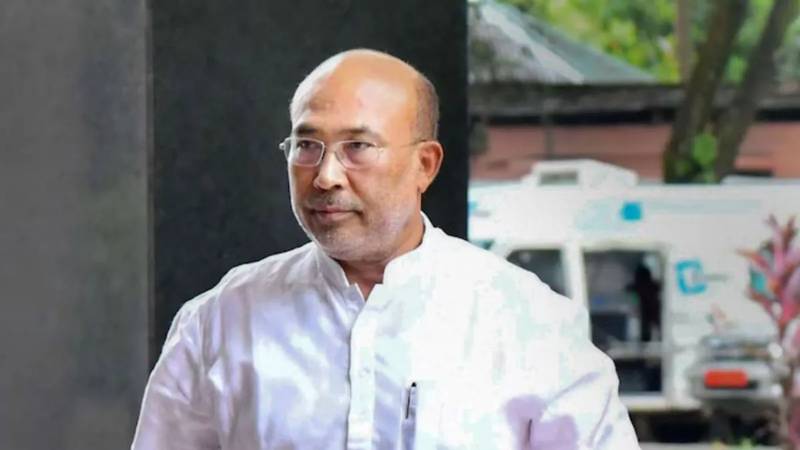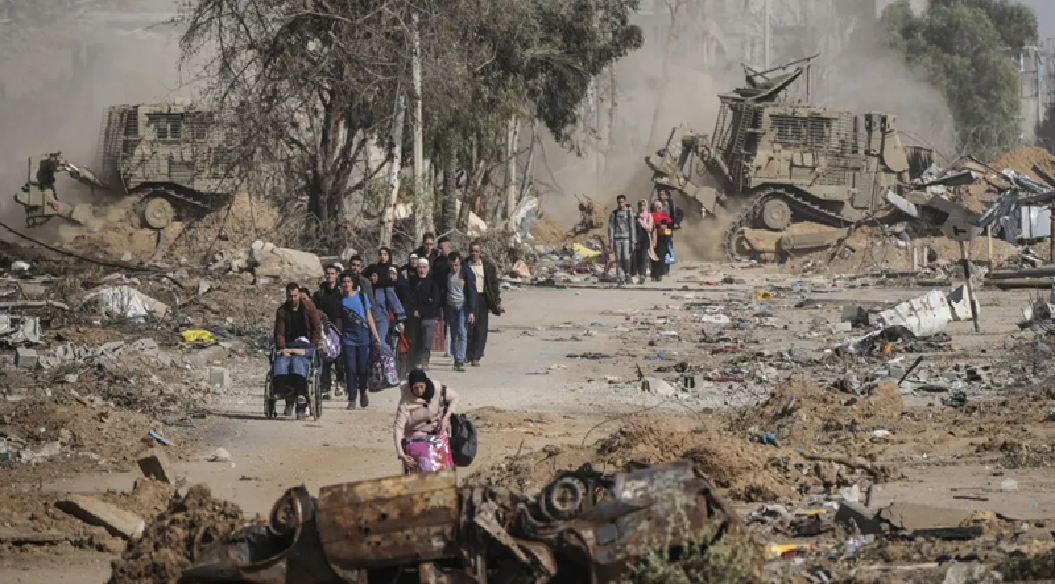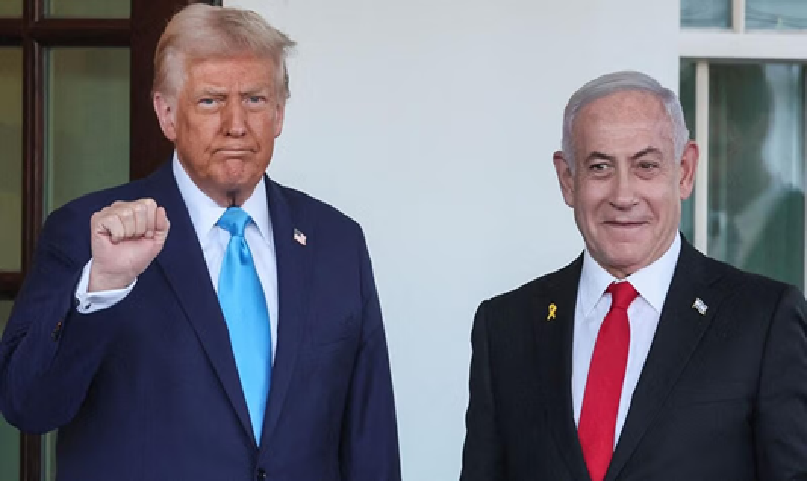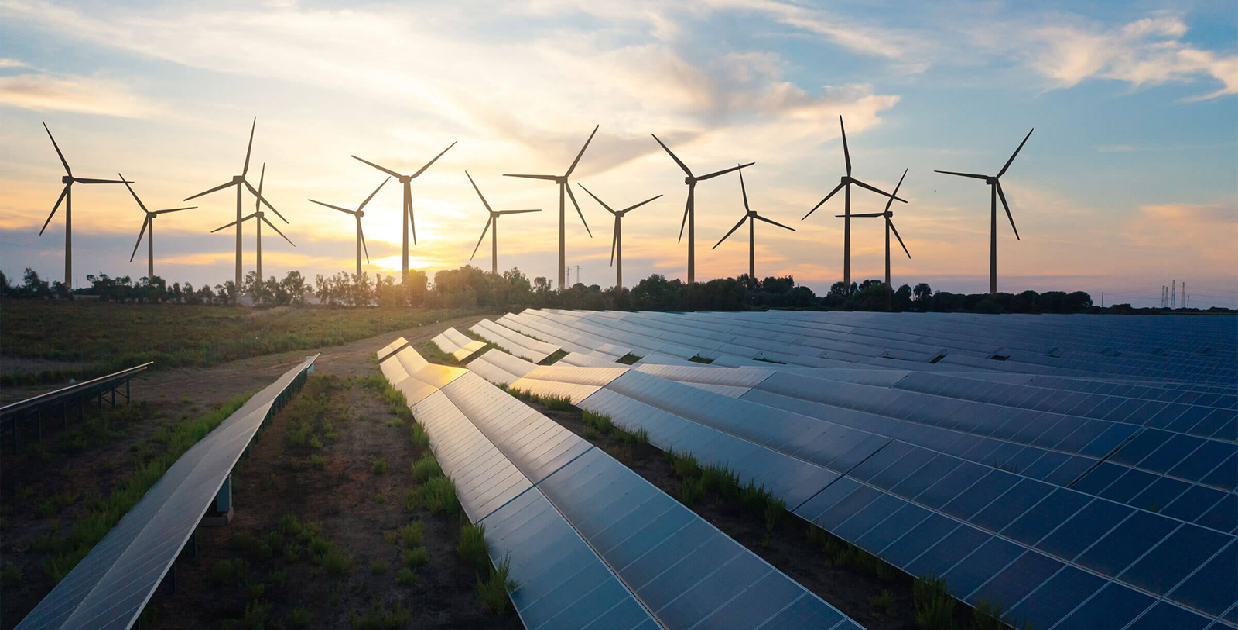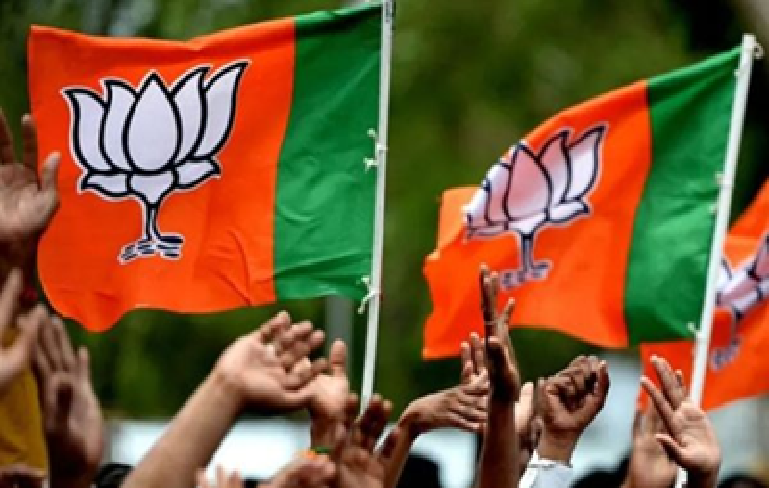
The chasm grows... equality stays a myth
It may be safe to conclude that inequality is a bigger enemy of India than poverty, given the revelations made by the latest report of Oxfam International. Among the chief highlights of the report titled ‘Survival of the Richest’, it is stated that the richest one per cent people in the country now possess more than 40 per cent of the national wealth. In a grotesque contrast, the bottom half of the population together share just three per cent of the wealth.
The report has been released synchronising with the annual meeting of the World Economic Forum at Davos in Switzerland. According to the report, the total number of billionaires in India increased from 102 in 2020 to 166 in 2022, precisely coinciding with the Covid-19 pandemic which had the most debilitating impact on the economic conditions of the poor.
The combined wealth of India’s 100 richest touched $660 billion (Rs. 54.12 lakh crore), an amount that could fund the entire Union Budget for more than 18 months, it added. The report says that if India’s billionaires were to be taxed once at 2 per cent on their entire wealth, it could support the requirement of Rs. 40,423 crore for the nutrition of malnourished in the country for the next three years.
Painting another scenario, it points out that if one time tax could be raised to 5% for just 10 richest billionaires in the country (collective worth Rs 1.37 lakh crore) it could mobilize funds to the tune of 1.5 times the funds estimated by the Health and Family Welfare Ministry (Rs. 86,200 crore) and the Ministry of Ayush (Rs. 3,050 crore) for the ongoing fiscal year.
The mournful rigmarole of Oxfam report has year after year endorsed the point that while India is growing wealthier, it has not translated into prosperity for the common masses. Expansion of the national wealth does not mean that income of the entire population has increased. It is evident from the fact that the top one percent of India earned 21 per cent of the total country’s income in 2019.
This was 11 percent in 1990. Similarly, India’s per capita income rose five times between 2000 and 2019 i.e., from $443 in 2000 to $2,014 in 2019. What is plain is that growth in GDP does not reflect in the wellbeing of the masses. The grinding poverty stays robust at the ground while the elite have amassed wealth in unprecedentedly grandiose proportions. It effectively debunks the theory that if national wealth grows, the poor would certainly benefit due to trickle down effect.
The ‘trickle down effect’ is further negated by the fact that the net worth of the nation’s billionaires witnessed 35 percent increase during the novel corona virus pandemic, when India’s growth was negative 10 per cent and the migrant labourers walked hundreds of miles with empty bellies. The Oxfam report must force us to think how the masses have been misled on the trajectory of globalization and free market.
 English daily published in Bengaluru & Doha
English daily published in Bengaluru & Doha

